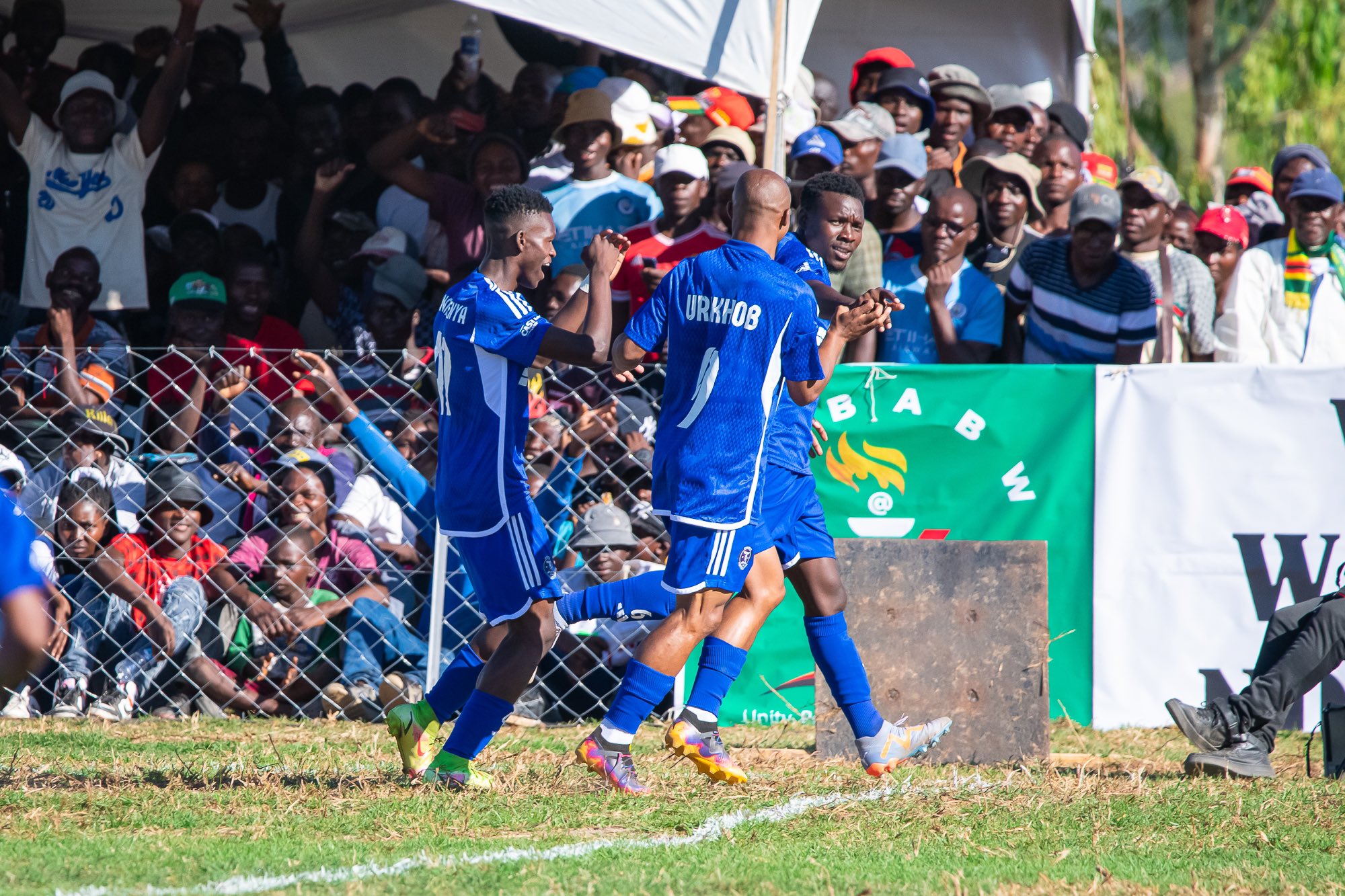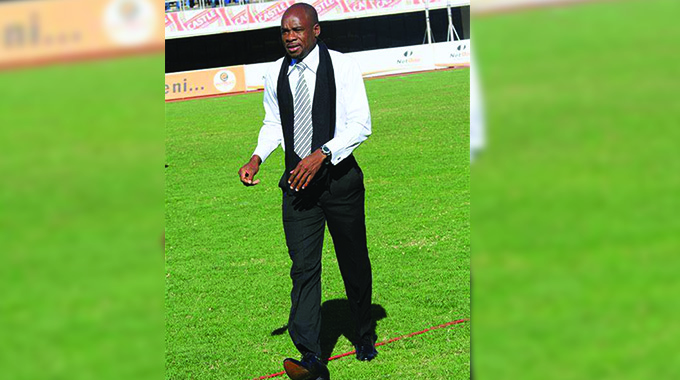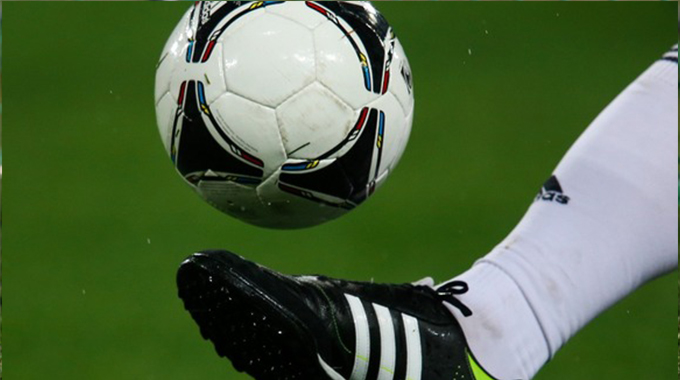Korfball Federation to set up development academies
He said the academies would be launched in Masvingo first before spreading to other provinces.
“Korfball clubs were mainly in Masvingo and Mutare, with Mashonaland and Bulawayo having interim teams that have not played any games, neither have they learnt the basics. We have not had a large pool of players to choose from and the idea behind the establishment of academies is to fill that gap. We will have a wide selection base to come up with a national squad and the main idea is to catch them young.
“With the setting up of korfball academies we will be able to spread our wings even further. Academies are much easier to set up compared to clubs,” said Chadebha.
The korfball chief said schools were the prime target from which players would be captured at an early age.
“We will target primary and secondary schools. We are happy with the responses that we have received from schools in Masvingo that are eager to have the sport.
“Our hope, as ZKF, is to continue getting support from other schools around the country,” he said.
The ZKF president said their vision was to enable national team coaches to have a large pool of players to select from.
“Previously we have been heavily relying on Masvingo and Mutare that have established teams, to select both the Under 23 and senior national teams because the sport has not spread its wings as
we would have wanted, hence coming up with the concept of academies.
“We want to make the sport as popular as possible.”
The Zimbabwe korfball national team is ranked second in Africa after South Africa and has participated in continental competitions in 2009 and 2010. The mother body failed to send a team to South
Africa in July this year for the world tournament due to financial constraints.
Korfball is a mixed gender team sport with similarities to netball and basketball, it consists of eight players, four ladies and an equal number of men.
A korfball match consists of two periods of 30 minutes, with a break of 10 minutes in between the periods. The ball is similar in size to that used in football but with more grip and bounce. At the beginning of the match one team chooses one half of the court.
That half will be their defending zone, with their basket in it. Players score by throwing the ball through the opponents’ basket. After two goals, the teams change zones: defenders become attackers and attackers become defenders.
In between those zone-changes, attackers cannot set foot on their defending zone or vice versa. At half-time teams swap halves.
Two men and two women of each team are in one zone, and the others are in the other zone. During the match they cannot switch zones. Men and women play side-by-side, but duels are man to man and woman to woman. However, it is allowed for a player to switch among opponents whom he/she is defending, as long as they are of the same sex.
The rules prevent physical strength dominating the game. Blocking, tackling and holding are not allowed, nor are kicking or punching the ball.
Once a player has the ball, one cannot dribble, run or walk with it. However, one can move one foot as long as the other remains on the same spot.
Therefore tactical and efficient teamwork is required, because players need each other to keep the ball moving.
A player may not attempt to score when defended, which occurs when the defender is in between the opponent and the basket, is facing his/her opponent, is at arm’s length and attempting to block the ball.









Comments